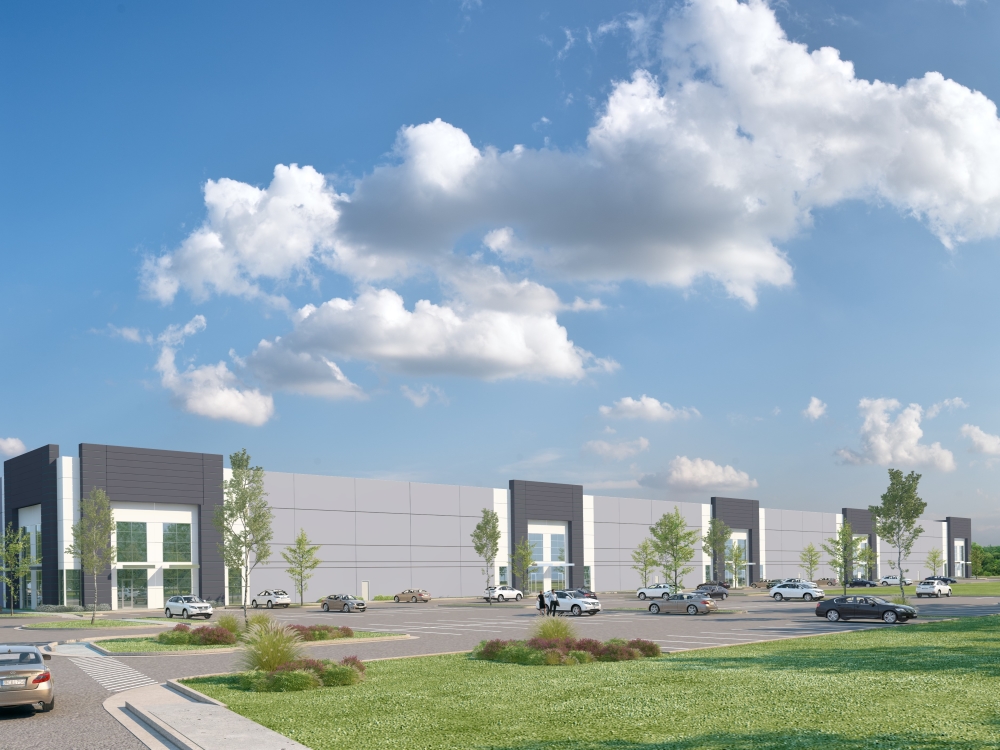economic benefits of decarbonizing real estate
The real estate industry is responsible for a significant portion of global combustion-related emissions and has an opportunity to play a critical role in decarbonization. This involves a wide range of strategic choices including low-carbon development and construction; building retrofits to improve energy efficiency; the electrification of energy sources; innovation in building materials; as well as broader supply chain strategies to meet decarbonization goals. It also requires collaboration across tenants, utilities, suppliers, the community and employees to achieve common goals while capturing shared value.
The economic benefits of Decarbonizing real estate are substantial and include cost savings, improved tenant comfort, and enhanced asset value. Many of these benefits can be derived from making the upfront investment to implement new technologies and policies that can help reduce carbon footprints, such as energy-efficient heating, ventilation, and air conditioning systems; LED lighting; water efficiency measures; on-site renewable energy; and smart building controls. Additionally, decarbonization can be supported by various tax credits and deductions that can offset costs.
Taking action to reduce building energy consumption and emissions is increasingly important to real estate investors and developers, and it is also becoming a prerequisite for a broader set of investments and opportunities. Leading real estate companies are already positioning themselves to benefit from a shift toward the lower-carbon economy, such as Blackstone, Fifth Wall, and other investors that have made significant commitments to net zero buildings and projects.

What are the economic benefits of decarbonizing real estate?
While there are risks and rewards of decarbonization, it is clear that the future is a low-carbon one. The global movement to a lower-carbon world will drive the need to decarbonize existing buildings and property assets. These changes will require investments in new equipment and technologies, a redesign of operating and capital structures to support a lower-carbon economy, as well as new training for staff. This will all have an impact on building operations and occupants, but ultimately can be a source of new income and competitive advantage for real estate companies.
As the decarbonization movement accelerates, it is likely that a large proportion of existing buildings will be required to reduce their carbon emissions and energy efficiency levels. This will put pressure on real estate owners to make upgrades or risk losing market share and potentially face limits on leasing or selling their properties in the future. New laws such as Local Law 97 in New York City, which requires buildings to follow strict energy efficiency and reporting guidelines, are a good example of this trend.
Fortunately, there are a variety of ways to decarbonize existing buildings without sacrificing performance or value. The most important thing is to create and execute a plan. This should involve understanding the full scope of the challenges, including financing and governance, stakeholder engagement (investors, joint-venture partners, tenants, etc.), as well as the operational and risk-management aspects of the business. It will also require the development of a track record to demonstrate measurable progress on a path to net zero.



